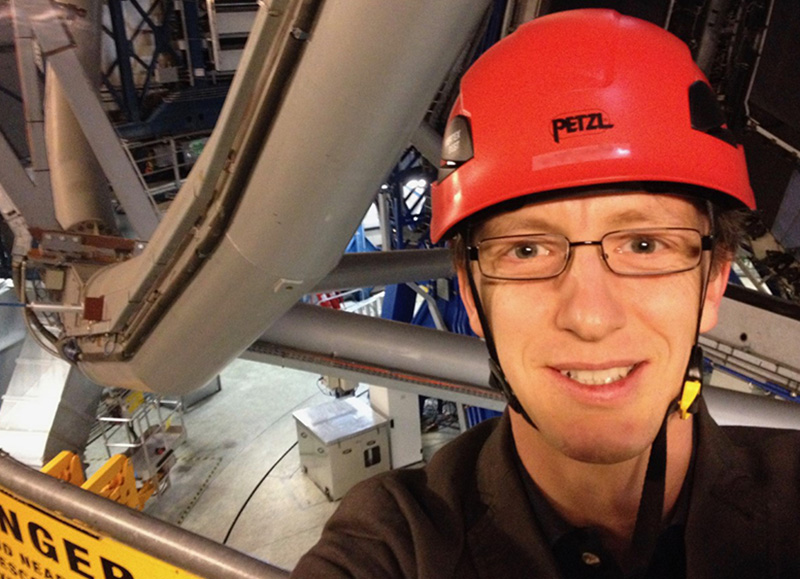The Sungrazer Project
Fact: Over half of all known comets were first discovered by Sungrazer Project contributors! These comet discoveries have shaped our modern understanding of comet orbits, composition, dust properties, evolution, and fragmentation.
Sungrazer comets also help scientists learn about the Sun. These comets - as you might guess - pass very close to the sun. They act like small solar probes as they plunge through the Sun's atmosphere.
Join the Sungrazer Project community and you might discover the next sungrazing comet!
ages
18 and up
division
Heliophysics
where
Online
launched
2006
What you'll do
- Join the friendly race to be the first to find new sungrazing comets!
- Learn how to access the latest images from the ESA/NASA Solar and Heliospheric Observatory (SOHO) or NASA Solar Terrestrial Relations Observatory (STEREO) spacecraft missions and look for moving objects.
- Join a research effort largely driven by amateurs.
Requirements
- Time to get started: Hours to days. Hunting for SOHO comets requires a lot of patience, is very competitive, and requires learning new skills and systems.
- Equipment:
- Laptop or desktop computer (project is not well suited to tablets or smartphones)
- Strong internet connection
- Knowledge: No prior knowledge is required. A Guide and Comet Hunting Tutorial are provided.
Get started!
- Visit the project website.
- Click “Get Started” to access the project overview page with frequently asked questions and introductory videos.
- Follow the Guide and Comet Hunting Tutorial Guide and Comet Hunting Tutorial.
Learn More
If you’re new to sungrazing comets, check out the Official Guide to SOHO Comet Hunting.
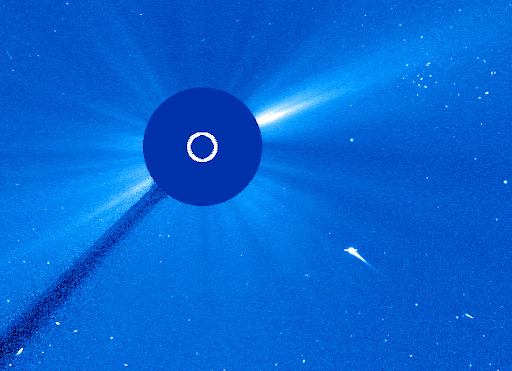
When comets approach the sun, some are destroyed. In this video clip from LASCO C3, a bright comet approaches the sun from lower right. After it vanishes behind the occulting disk, a burst of bright light erupts from the upper left of the disk.

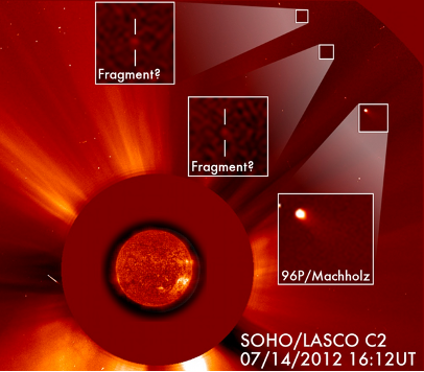
Other comets break apart on their approach to the sun. Here we see two fragments (the two smallest boxes in the upper half of the image and their magnifications in the center top of the image) that were discovered by Sungrazer Citizen Scientists as they raced ahead of comet 96P/Machholz. This was the first time we had seen new fragments from this comet. Comet 96P/Machholz returned in January 2023 with MUCH more exciting data, and provided several new fragment for discovery by project participants!
Credit: ESA/NASA Solar and Heliospheric Observatory (SOHO)
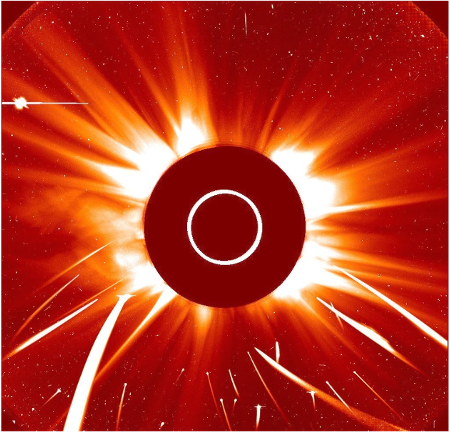
Compilation/stacking of several of SOHO's brightest Sungrazers over the past 20+ years.
Credit: Sungrazer volunteer Robert Pickard
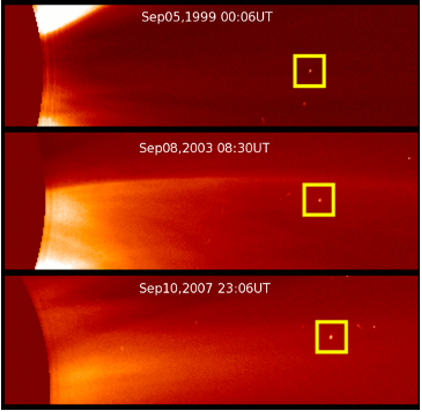
And others return again and again.
Credit: ESA/NASA Solar and Heliospheric Observatory (SOHO)

